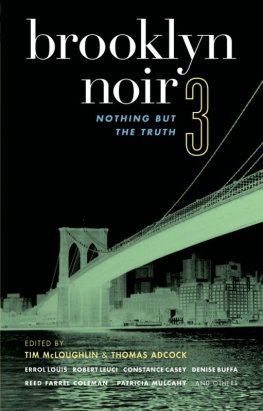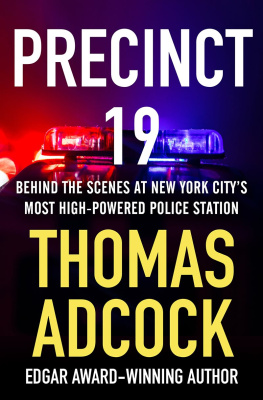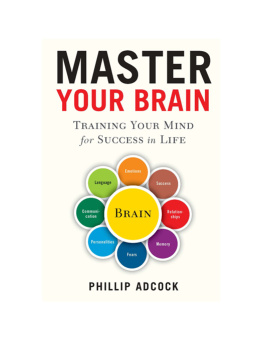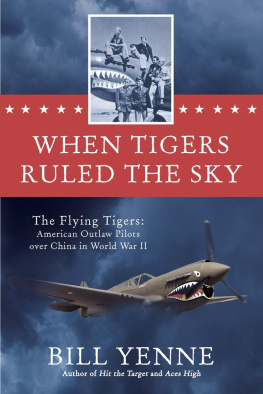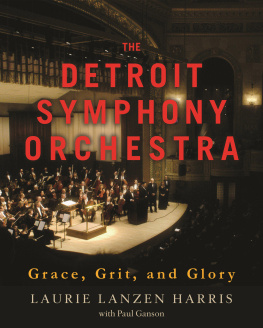The Ganson Street Tigers Go to War
Frederick T. Adcock and Cynthia Nassiff Adcock
Copyright 2018 Frederick T. Adcock and Cynthia Nassiff Adcock
All rights reserved
First Edition
Page Publishing, Inc
New York, NY
First originally published by Page Publishing, Inc 2018
ISBN 978-1-64138-076-8 (Paperback)
ISBN 978-1-64138-077-5 (Digital)
Printed in the United States of America
Dedication
This book is dedicated to The Fighting DePaolo brothers - Dom, Frankie, Pat, and Sammy, the Ganson Street Tigers, and the Veterans of the Tonawandas who bravely served our country in World War II.
Acknowledgments
I t took the Allied nations six years to win World War II and it has taken nearly the same amount of time to research, organize, and write this manuscript. This book is a tribute to the thousands of men and women from the Tonawandas who served in the US Armed Forces during the war and to those who battled on the home front laboring in factories to mass-produce the sinews of victory. The efforts of those who sold war bonds and stamps, volunteered their time to the Red Cross, and served in civil defense programs must also be remembered. It took the total commitment of the American citizenry to defeat the Axis nations and liberate Western Europe and the Pacific Rim from years of suppression and slavery.
The individuals mentioned in these pages sacrificed their youth, psyches, health, and in some cases their lives to defend their country and freedom. The first hand accounts of seven veterans from Ganson Street provide the reader with an insight to the Great Depression and the war years that many now consider to be ancient history. Our heartfelt thanks go to John Cerra, Dominic J. DePaolo, Patrick J. DePaolo, Frank P. Malone, James Pilozzi, Frank Turone, and Ted Turone. All of these men provided extensive interviews, information, and personal photographs to the authors regarding their service. It was most rewarding to sit with these living histories and hear their stories and insights regarding one of the most defining periods of world history.
We are also indebted to the following individuals who furnished interviews regarding their youth and life on the home front during the war years: Violet Phillips Case, Victoria Barbaritano Cerra, Lorraine Nassiff DePaolo, Robert Diedrich, Joyce Freck Lillis, Helen Carlo Malone, Bob McDonald, Nelson Nassiff, Artha Nassiff, Bill Walp, and Nancy Walp.
Our appreciation also goes out to the family members of the Ganson Street Tigers who provided service records, photographs, scrapbooks, memoirs, and answered numerous questions regarding their fathers service: Joseph Bartolomei Jr., John Cerra Jr., Lauren Cerra, Patrick M. DePaolo, Paul Diedrich, Barbara Cerra Fontana, Ron and Bonnie Guido, Linda Carere Hankinson, Beverly Carere Loxterman, Sylvia Stefanucci Rinelli, Michele Stefanucci, and Gina Turone. Special thanks to Bonnie Smith Rinow for information and photographs regarding her father, Corporal Walter E. Smith, and his heroic service in the 82 nd Airborne Division.
The authors were greatly assisted with their research by the following individuals: Andrew J. Adcock, John E. Adcock, Kathryn Schechtman-Aikey, Dale Baronich, Beverly Bartolomei, April Carere, Daniel Cudzilo, Peter Gatas, Chuck Guarino, Dave Guido, Carl Kalota, Joel Marrs, Betty McAninch, Kevin A. Phillips, Curators Dale Cartee and Bill Lenches-12 th Armored Division Memorial Museum, and Wilbur Hoffman of the USS Hughes Association. Many thanks also goes to the staff of the North Tonawanda Library for their kind assistance, and to Ned Schimminger, Skip Johnson, and the late Richard Dutton of the Historical Society of the Tonawandas.
We are also indebted to our parents, the late Janice V. Adcock, Nelson Nassiff, and Artha Nassiff for their support and assistance during the preparation of this manuscript.
Foreword
M y wife and I undertook the writing of this book after a conversation with her Uncle Dominic at a Christmas Eve gathering in 2008. For years we had enjoyed hearing Doms stories of basic training in Mississippi and his deployment to Europe where he rolled with General Pattons Third Army across France and Germany. Looking intently at the aging warrior, we realized this man was a piece of living history who had participated in the greatest conflict the world has ever known.
An evil was unleashed upon the Earth approximately seventy-five years before, and the only hope for victory over the dark forces rested in the hands of this man and millions of his fellow countrymen. The United States, with its industrial might, massive agricultural output, and vast human resources, turned certain defeat into a resounding victory. In 1,365 days, America and its allies crushed the ruthless oppression of Nazi Germany and Imperial Japan.
The United States mobilized sixteen million men and women during World War II, and nearly every segment of American life was transformed by the urgent need to defeat the countrys enemies. Research the average family history in the United States and you will likely find a link to the Second World War. In this book, forty-one individuals from Ganson Street, a small roadway nestled in the confines of the industrial city of North Tonawanda, New York, serve as a representation of their age. The particulars of their lives provide a social history of the era and assist in understanding the extraordinary events of the war. The actions of a few select contemporaries as well as descriptions of daily life are also recorded to provide the reader with a more detailed flavor of the times.
These men and women left everything that was dear and entered the deadly struggle for freedom. During the course of the war, the Allied nations suffered the staggering toll of 180 million casualties in the supreme effort to vanquish their foes. One soldier from Ganson Street, a son, husband, brother, and friend, would sacrifice all on a foreign soil. His death would leave a struggling family and widow with an inconsolable sadness and a void in the lives of those who knew him. His name, appearing on public memorials and Internet sites, means little to the casual onlooker, but behind the fourteen stark letters of his identity on the citys war memorial is a life unfulfilled. A life, which had the potential to touch many and alter untold lives for years to come.
Others from the street endured the horrors of combat and returned home to suffer physical discomfort and mental anguish for the rest of their lives. A night of restful sleep, without horrific nightmares or the strain of searching darkened bedrooms for phantom enemies, was an uncommon occurrence for these men exposed to terror of battle. The veterans of World War II forfeited years of their lives in the crusade to crush the evils of fascism. The innocence of youth was lost on the battlefield and psyches were forever altered by violence and death. Despite the mental and physical anguish, they continued the fight against their enemies until victory was won.
President Ronald Reagan stated in his speech commemorating the fortieth anniversary of the D-Day landings, There is a profound moral difference between the use of force for liberation and the use of force for conquest. Between 1940 and 1945, the United States assembled mass armies and fleets for the purpose of self-defense and liberation. The enormous efforts of these men and women ensured freedom for countless numbers of Americans, Europeans, Africans, and Asians in the postwar world.
Historian A.J.P. Taylor wrote, Future generations may dismiss the Second World War as just another war. Those who experienced it know that it was a war justified in its aims and successful in accomplishing these. Despite all the killing and destruction that accompanied it, the Second World War was a good war . The idea of a good war is an alien concept for individuals who remember the political fiasco of Vietnam, but seventy-five years ago the country united in an all-out effort to defeat the Axis powers. Americas youth were allowed to defeat the enemy on the field of battle and those who died in the process did not die in vain. Ultimate victory was obtained on the battlefield and at the peace table.


